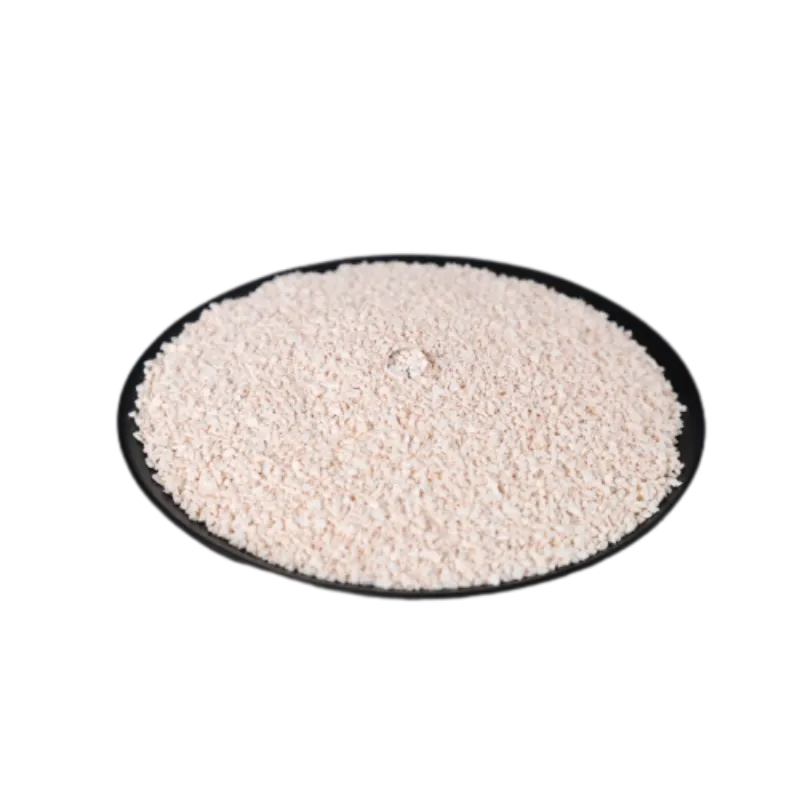
Set . 09, 2024 18:53 Back to list
tar for shingles
Understanding Tar for Shingles
When it comes to home roofing, one of the most common materials used is shingles, which are often made of asphalt. However, when we refer to tar for shingles, we're commonly discussing a specific type of roofing material known as tar roofing or built-up roofing (BUR), which contains layers of tar combined with various materials. This type of roofing has been used for centuries and remains popular due to its durability and effectiveness.
Tar is a viscous black liquid derived from the distillation of organic materials, primarily coal and petroleum. In roofing applications, tar works as a waterproofing agent, sealing the roof against moisture, which is essential for protecting the integrity of the structure beneath. Tar roofs are created by alternating layers of tar and reinforcing fabrics, such as felt or fiberglass, forming a strong, water-resistant barrier.
One of the main advantages of tar roofing is its versatility. It can be applied to flat or low-slope roofs, where water drainage can be an issue. When properly installed, tar roofing can last 20 to 30 years, with some systems lasting even longer. The layers of tar and felt create a rigid surface that can withstand heavy foot traffic, making it suitable for roofs that require maintenance access.
tar for shingles

Additionally, the roof's surface can be covered with gravel to protect it from the sun's heat and ultraviolet rays, which can degrade roofing materials over time. This gravel also offers extra protection against impacts and punctures.
However, it’s important to consider some drawbacks of tar roofing. The installation process can be labor-intensive and requires skilled professionals. Moreover, while tar roofing is generally more affordable upfront than some other types of roofing, maintenance costs can add up over time, particularly if the roof is subjected to extreme weather conditions.
In recent years, the roofing industry has seen a shift with the introduction of modern materials that offer similar benefits to tar roofing, such as thermoplastic polyolefin (TPO) and ethylene propylene diene monomer (EPDM). These materials can provide better energy efficiency and ease of installation, though they may come at a higher initial cost.
In conclusion, while tar for shingles or tar roofing has proven its worth through decades of use, homeowners should weigh its benefits against potential drawbacks and consider newer alternatives. Consulting with a professional roofing contractor can help determine the best choice for a particular property, ensuring longevity and protection from the elements.
-
Types of Roof Shingles: Durable Styles & Materials
NewsAug.04,2025
-
Different 3 Tab Shingles Types | Affordable & Durable Roofing
NewsAug.03,2025
-
Moonlight White HIREFLE Granules with GPT-4 Turbo
NewsAug.02,2025
-
Premium Round Asphalt Shingles: Durable & Elegant Roofing
NewsAug.01,2025
-
Eco-Friendly Clay Tiles | AI-Enhanced Durability
NewsJul.31,2025
-
Durable Shingle Granules for Premium Roofs
NewsJul.31,2025







